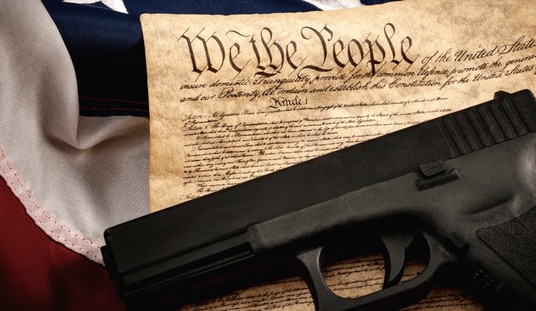The down-select for the Army’s Modular Handgun System (MHS) contract was supposed to have been in August of 2016. If the Army has gotten that far, they haven’t bothered to let anyone know, and the bloated program, wallowing in red tape, has come under fire again from Republican senators, this time during the Secretary of Defense confirmation hearing for Gen. James Mattis:
The Army‘s troubled program to buy a new standard-issue handgun for soldiers was the subject of renewed debate on Capitol Hill.
During Thursday’s confirmation hearing for retired Marine Gen. James Mattis to become defense secretary in the Trump administration, Republican Sens. Joni Ernst of Iowa and Thom Tillis of North Carolina took turns criticizing the service’s XM17 Modular Handgun System (MHS) program, a $350 million competition to buy a replacement to the Cold War-era M9 9mm pistol.
At a time when Russia is upgrading its service rifle, “we continue to modify our M4s [and] many of our troops still carry M16s, the Army can’t even figure out how to replace the M9 pistol, first issued in 1982,” Ernst said.
The senator, a frequent critic of the program who in 2015 retired as a lieutenant colonel in the Iowa Army National Guard, said she and others would joke while in the military that “sometimes the most efficient use of an M9 is to simply throw it at your adversary.”
Ernst blasted the Modular Handgun Program’s many requirements. “Take a look at their 350-page micromanaging requirements document if you want to know why it’s taking so long to get this accomplished,” she said.
She also mocked the stopping power of the 5.56mm rifle round. “Our military currently shoots a bullet that, as you know, is illegal for shooting small deer in nearly all states due to its lack of killing power,” she said.
Tillis went even further by showing up to the hearing with the pistol program’s full several hundred pages of requirements documents wrapped in red ribbon. “This is a great testament to what’s wrong with defense acquisition,” he said, slapping the three-inch-tall stack of paperwork.
The general idea for a new pistol is sound: the current-issue M9A1 is a large handgun that many shooters with smaller hands cannot shoot well due to the size of the grip and the longer reach of the DA/SA trigger, and the older M9s in inventory are simply wearing out from 30 years of service. The program hopes to find “one handgun to rule them all,” with different frame sizes and slide/barrel lengths to use in both front line service and for special uses (such as concealed handguns for special operations or plainclothes military police).
With the wide array of quality handguns on the market, it’s absurd that the process is taking so long and using so much budget for a secondary weapon. It seems obvious that the Army and Air Force should have been able to find a commercial-off-the-shelf (COTS) solution that doesn’t require so much red tape.
Senator and retired National Guard Lt. Col. Ernst is correct in noting that if the Army is going to spend a considerable amount of time and money on a weapon, it should be on updating the assault rifles that are the primary arm for our infantry forces, who are still saddled with a round of questionable utility for the kind of wars we seem to be fighting. I’d rather the Army invest their time and energy investigating a slightly larger caliber intermediate caliber round with better terminal ballistics at short range and and an extended practical engagement range.

MHS is increasingly looking like a waste of taxpayer dollars. Unless program managers can rapidly come up with a winner, it should be among the first military projects killed by the incoming, and the Army should simply adopt a COTs solution or the engineering change request (ECP) to upgrade the Beretta M9A1 to the M9A3, which accomplishes many of the goals of the MHS program.








Join the conversation as a VIP Member